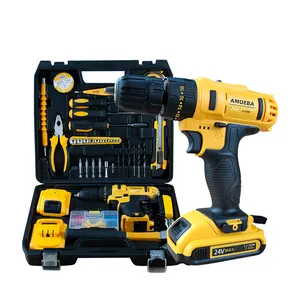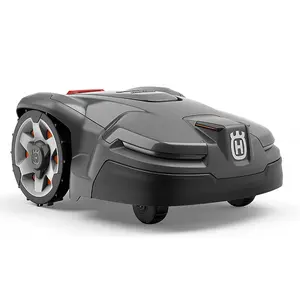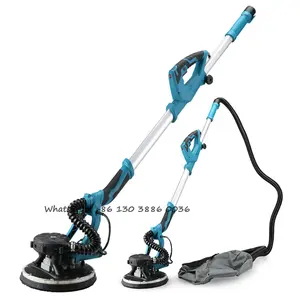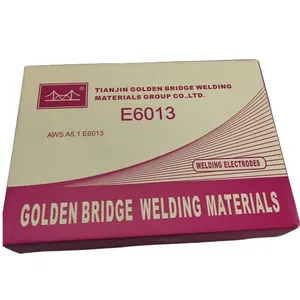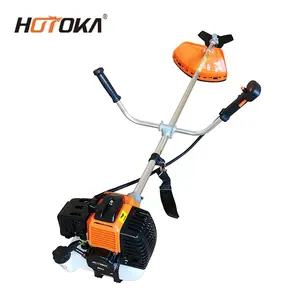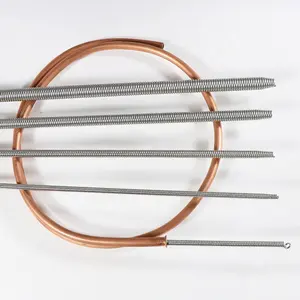Popular in your industry































































Related Searches:






































































































































Top categories
About lawn spike aerator
Introduction
Every homeowner takes pride in a lush, green lawn. However, maintaining it involves more than just regular watering and mowing. A crucial yet often overlooked aspect of lawn care is aeration. This process promotes healthier and stronger grass by improving air, water, and nutrient penetration to the root zone. This article focuses on the importance of lawn aeration, particularly the role of lawn spike aerators. We'll explore different types of spike aerators, their effective usage, and best practices for pre and post-aeration lawn care. We'll also discuss how regular aeration can maximize your lawn's health and the ideal frequency of aeration based on your lawn's specific needs.
Understanding Lawn Aeration
Lawn aeration is a naturally occurring process of air exchange between the soil and its surrounding atmosphere. In practical terms, aeration is the process of mechanically removing small plugs of thatch and soil from the lawn to improve natural soil aeration. This process is often referred to as 'core aeration'. Aeration is crucial as compact soil can prevent grass from establishing a healthy root system and restrict water and fertilizer from reaching the roots. Aeration can help relieve soil compaction, allowing your grass to grow deeper roots and make better use of water and fertilizer.
The Role of Lawn Spike Aerators
Spike aeration is a method of lawn aeration that involves poking holes into the soil without removing any. Unlike core aeration, spike aeration doesn't extract soil plugs, but rather displaces the soil to the sides of the spike. This method is less disruptive to the lawn's surface and doesn't leave soil plugs scattered around. However, it's less effective than core aeration, doesn't penetrate as deeply, and can increase soil compaction in the long run. Spike aeration is best suited for smaller lawns with mild compaction and lower foot traffic.
Types of Lawn Spike Aerators
There are four main types of lawn spike aerators. Pitchforks are excellent for smaller areas or spots with heavy foot traffic. Spiked lawn aeration shoes are the least expensive option, suitable for very small areas with mild compaction. Rolling push aerators, resembling large spiny paint rollers, work well for small, mildly compacted areas. Lastly, tow-behind spike aerators are more expensive but save time and labor, making them excellent for larger lawns and fields.
How to Use a Lawn Spike Aerator
Whether you're using a core aerator or a spike aerator, go completely over the lawn in one direction and then go back over it in a perpendicular direction. Spike aerators will punch holes in the lawn as you go, while core aerators will remove plugs of grass and soil. It's fine to leave the plugs on the lawn to decompose. A steel spike aerator is ideal for small yards, while a core aerator is designed to handle bigger areas.
Preparation for Aeration
Preparing your lawn for aeration is crucial. Water the lawn a day or two before aeration, adding at least one inch of water to the soil. This makes it easier for the aerator to penetrate the soil and pull out the cores. However, avoid aerating a muddy or overly wet area as it can clog the machine.
Post-Aeration Lawn Care
After aerating your lawn with a lawn spike aerator, it's crucial to follow certain steps for optimal lawn health. Immediately after aeration, consider overseeding to encourage new grass growth. Water your lawn deeply to prevent the loosened soil from drying out. Fertilize your lawn to nourish the grass and promote healthy growth. Wait about 2-4 weeks to mow your lawn after aerating and overseeding. Lastly, avoid heavy traffic on your lawn for at least two weeks to allow the soil to heal and settle.
Maximizing Your Lawn's Health Through Regular Aeration
Regular aeration can significantly enhance your lawn's health. It allows air, water, and fertilizer to better reach the root zone, stimulating root growth and creating healthier, stronger turfgrass plants. On compacted soils and on lawns with slopes, you should see an immediate difference in water puddling and runoff after irrigation or rainfall. After aeration, your lawn should be able to go longer between waterings, without showing signs of wilt. With repeat aerations over time, your lawn will show enhanced heat and drought stress tolerance. Remember, most lawns benefit from annual aeration.
Determining the Best Time to Aerate Your Lawn
The best time to aerate your lawn is in late summer or early fall, allowing your grass to recover completely before going dormant in the winter. While Fall is recommended, you can also aerate and overseed your lawn in the spring between March and May. However, be warned that spring aeration may promote weed growth and other moisture-related problems as the seed and spring showers create an environment for all types of growth.
Understanding the Ideal Frequency of Aeration
Understanding the ideal frequency of aeration is crucial for maintaining a healthy lawn. The frequency of aeration is determined by the type of soil and the amount of traffic your lawn receives. For instance, lawns with heavy traffic or clay soil may require more frequent aeration. Aerate when turf problems arise, and it's best to aerate moist soil in the morning. Timing your aeration around other lawn care tasks can also be beneficial.
Conclusion
In conclusion, lawn aeration, particularly through the use of lawn spike aerators, plays a pivotal role in maintaining a healthy, vibrant lawn. By relieving soil compaction, aeration allows for better air, water, and nutrient penetration, leading to stronger, healthier grass. While spike aerators are less disruptive and ideal for smaller lawns, they may not be as effective as core aerators for larger areas or heavily compacted soils. Preparation and post-aeration care are equally important, including watering, overseeding, and fertilizing. Regular aeration, ideally in late summer or early fall, can significantly enhance your lawn's health and resilience. Remember, a well-aerated lawn is a happy lawn.
